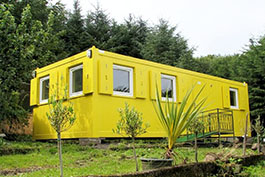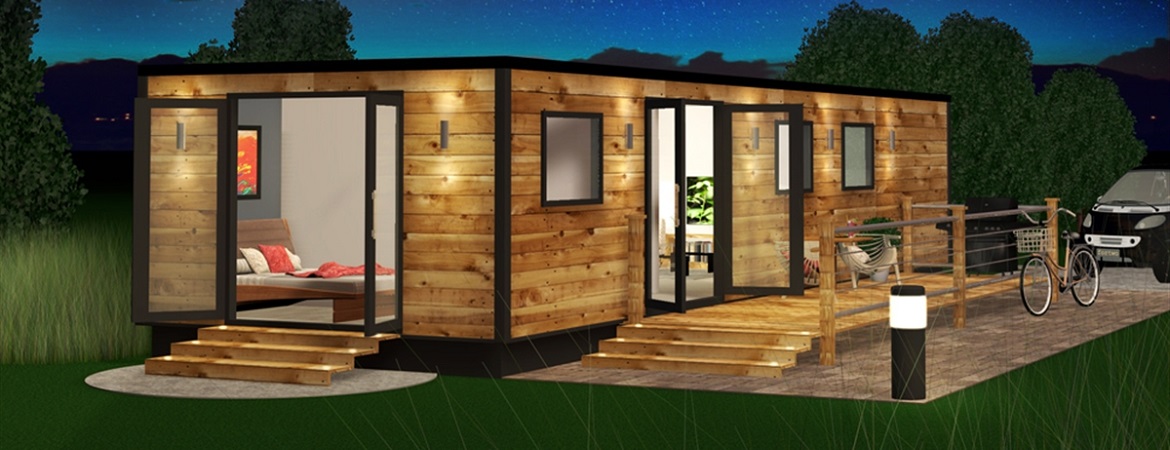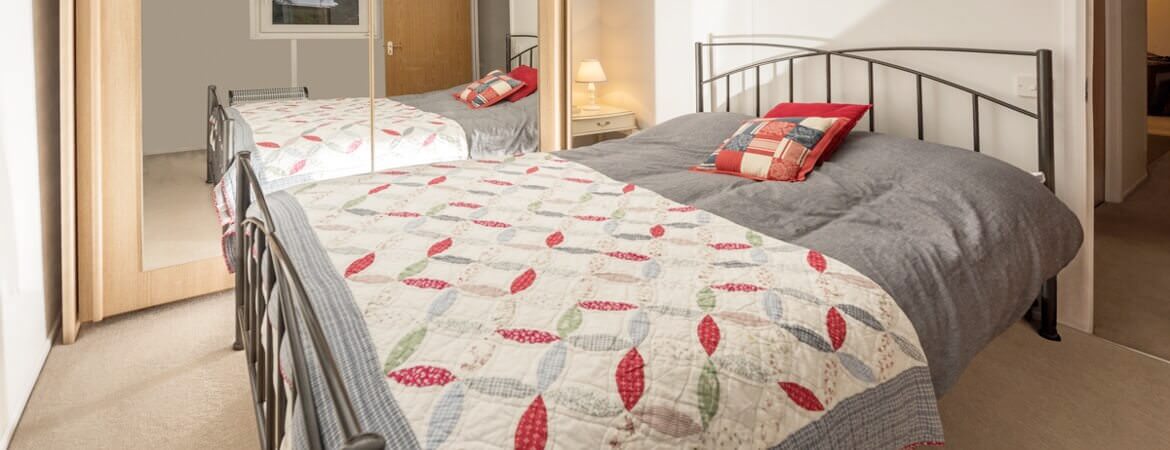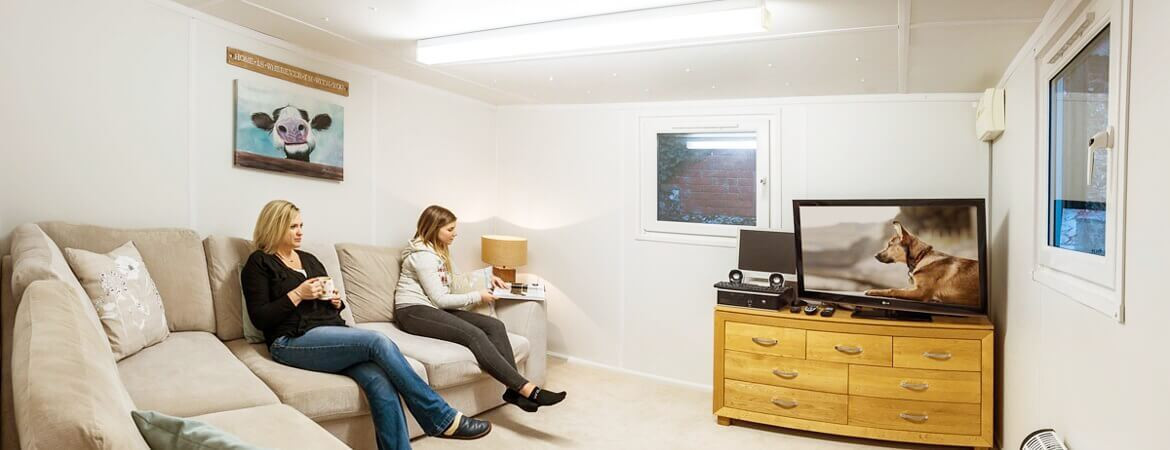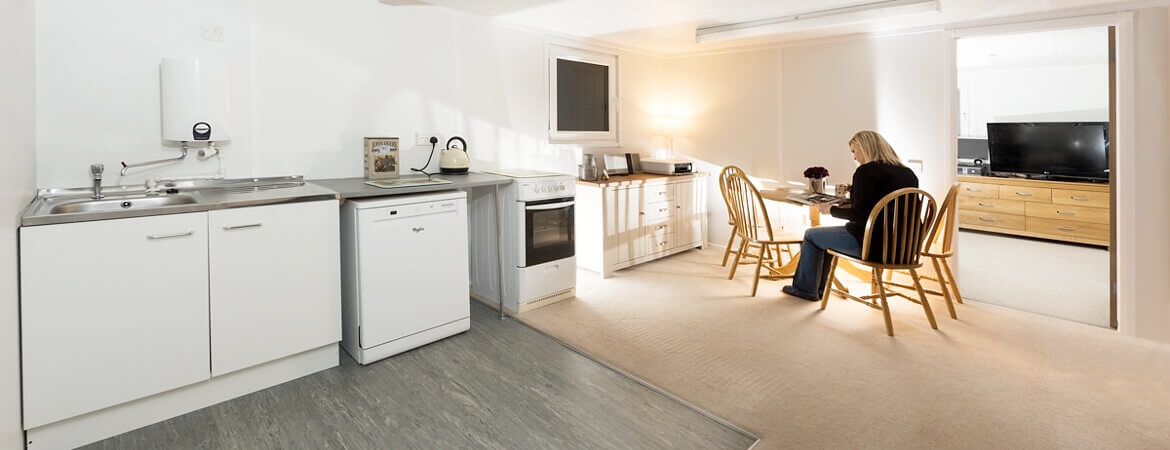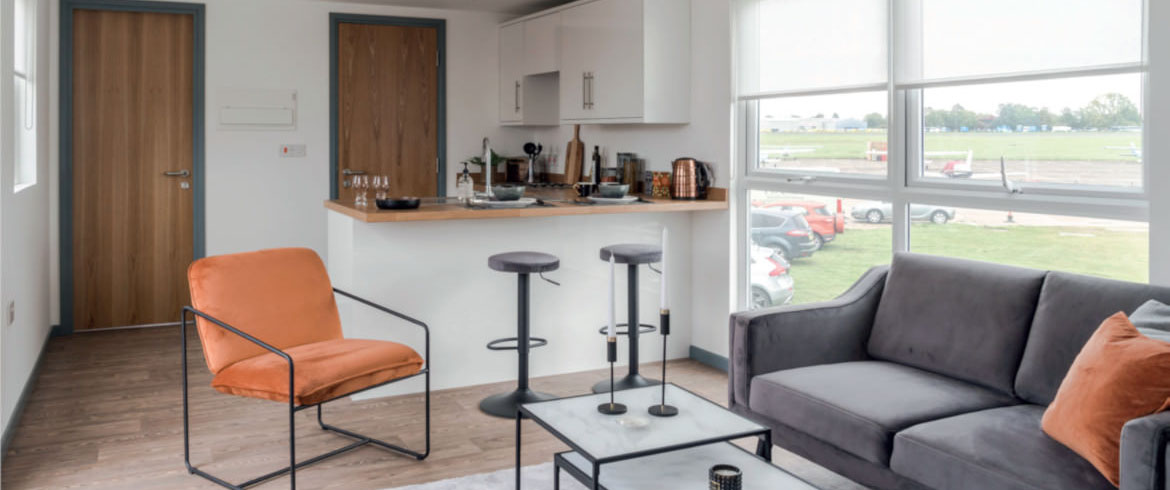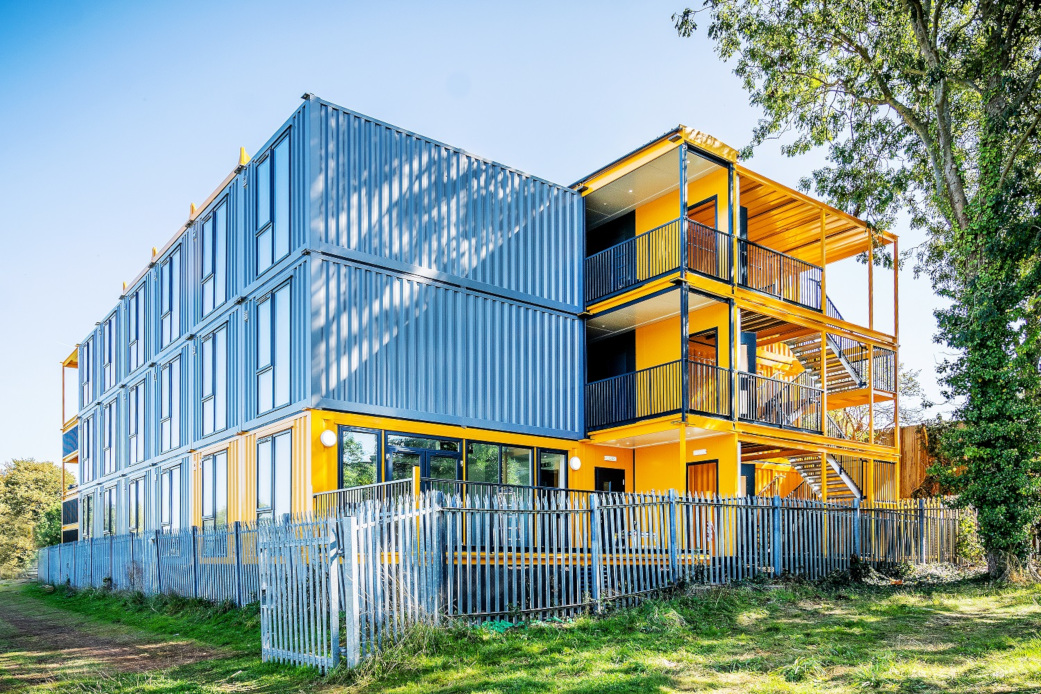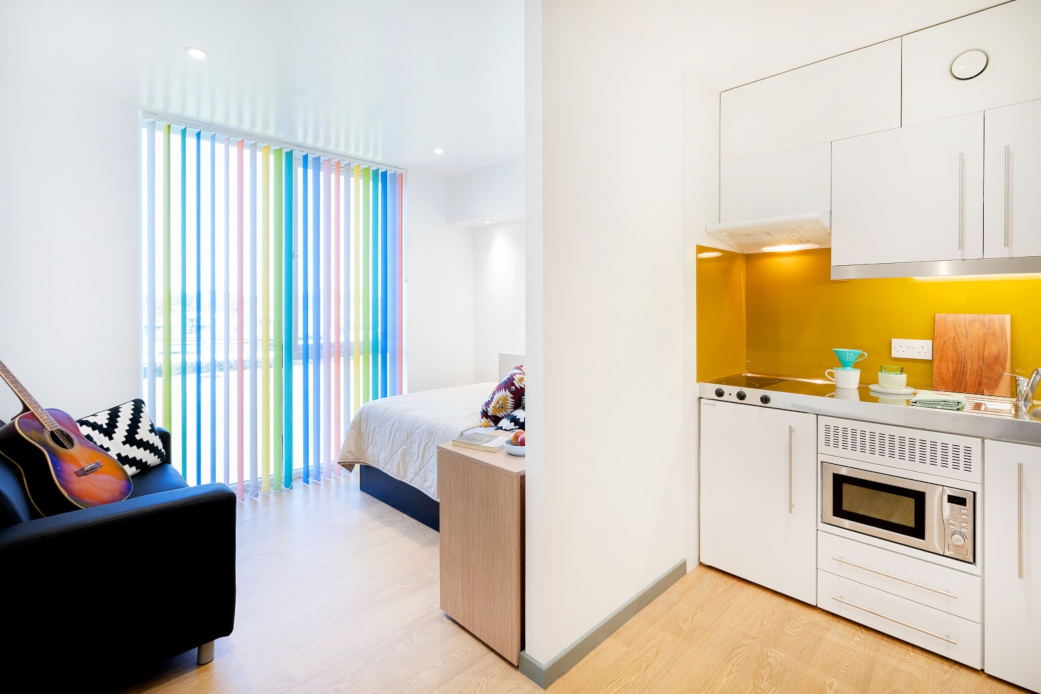Finding land
LOCATION. LOCATION. LOCATION
Looking for your own quiet corner? A MAC container home gives you plenty of options, from garden plots to small parcels of brownfield land, sold or leased, with or without planning permission.
- A friend or relative's garden
- Out of town business park
- Residential garage block
- Farmer's land
- Church land
- Disused airfield
- Forgotten orchard
- Remote rural and coastal areas
- Low density housing developments with large gardens
- A derelict building ripe for demolition
- Ready-made, serviced plots from developers open to contemporary ideas
It's important to keep your options open and be willing to compromise a little in order to ease the passage of your plans through the planning and buying process.
- Explore more than one potential site
- If you cannot buy the land outright, consider leasing options
- Be mindful of the kind of developments favoured by the local authority and community.
- Think how the building will work with the surroundings, taking account of key factors like aspect, access, proximity to services and impact on the landscape, neighbours and the local community
- Make a friend of the planning department and work with them to give your plans the best chance of approval
So where do you start?
Time for some legwork:
- Ask friends and relatives to spread the word. They may have land to sell or know someone who does
- Place a wanted ad in the local paper, post office or newsagents
- Search Google Maps and local Ordnance Survey plans for the area you've chosen
- Talk to estate agents to find out what's coming up on the market
- Look for spare land next to or behind houses, often hidden behind walls or fences to harmonise the street scene
- Visit small business parks and local farms to see if any vacant land is available. That could certainly work if you want the building for your own office
- Consider old factory sites, builders' yards, disused filling stations and remote business premises that have closed down, like cafés, pubs and convenience stores. Proposals for building on brownfield sites are favoured by planners
- Rather than knock on doors, leave notes asking home and business owners to get in touch if they would consider selling or leasing their spare land
- Choose a plot where a container home will fit in with neighbouring properties and landscape
- Be mindful of issues such as access, civil services, privacy and protected landscape
- Check out local environmental schemes that encourage self-build, self sufficient projects, such as One Planet
Who owns the land?
- Ask the neighbours if they know who owns or last occupied the land
- Look up local parish or church records
- Ask around in the pub, the post office, the local shop, especially older residents who have lived in the area most of their lives
- Visit the Land Registry (England & Wales) or Registers of Scotland and pay a small fee to see if the land is registered and, if so, to whom. If the land has changed ownership since 2000, it will be registered
Once you find your land, have a solicitor draw up a legal document to ensure the sale goes through smoothly at the price you've agreed with the vendor. Now you're ready to move forward with planning permission and personalizing your MAC container home.
Developing a container home estate?
MAC container homes offer a cost- effective, innovative and eco-friendly solution to housing shortages and house buyers on a small budget.
Container homes are a brilliant way of quickly solving a local housing problem and maximising the amount of space available for new homes.
Container homes can be linked, stacked one on top of another and arranged around communal space for residents to enjoy. The homes are modern, energy-efficient and suitable for single people, couples, families and older people. They can be operated in exactly the same way as traditional housing schemes, with properties sold outright or rented out as affordable housing and sheltered accommodation, subject to service and maintenance charges.
In short, it makes the housing budget go further and expands the potential to develop smaller sites in an urban setting or rural areas subject to environmental considerations. You can accommodate many more people within the same physical space, without any overcrowding.
Prime Location has a comprehensive guide to choosing land for development and you can find yet more information on the Investment Property Partners site.
You can also find more details about selecting suitable sites for development on our planning permission pages.
